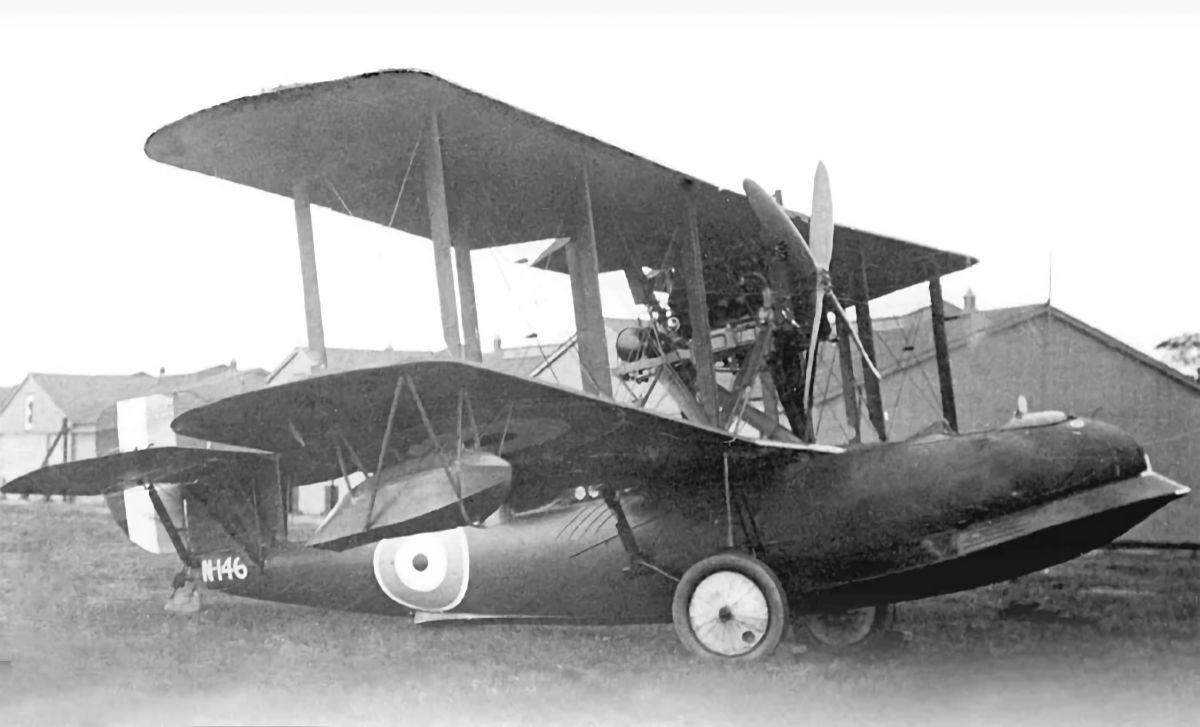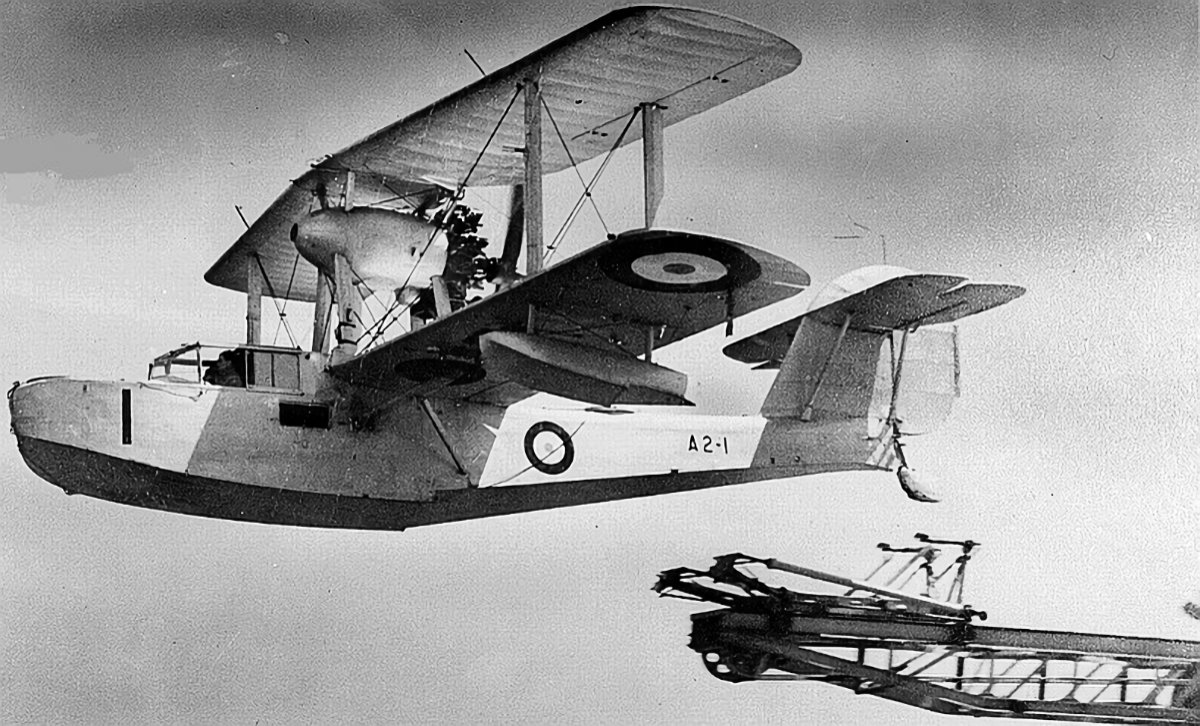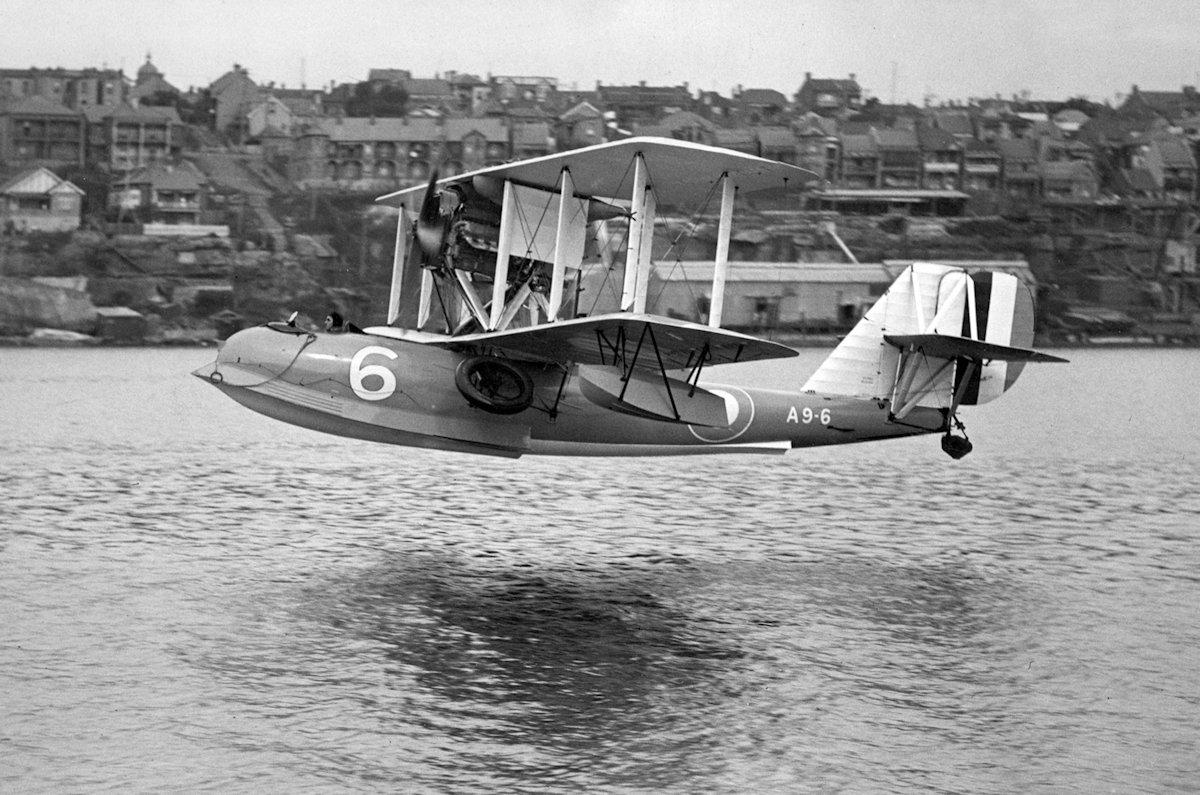Tag: bomber
-
Supermarine Seal

Supermarine Seal II Based on the Supermarine Commercial Amphibian which achieved second place in an Air Ministry competition in 1920, the Supermarine Seal II prototype first flew on 21 May 1921. The designation Seal II is presumed to come from the Commercial Amphibian which was briefly named Seal before it crashed and was written off.… Read more
-
Supermarine Seagull V

Supermarine Seagull V The Supermarine Seagull V was initially developed as a private venture in response to a Royal Australian Air Force (RAAF) request for an observation seaplane to be catapult-launched from cruisers. The Seagull V resembled the proceeding Supermarine Seagull III in general layout. Although construction commenced in 1930, the aircraft was delayed by… Read more
-
Supermarine Seagull III

Supermarine Seagull III An improved version of the Supermarine Seagull II, the Seagull III was specifically built for the Royal Australian Navy for operations from the seaplane tender HMAS Albatross. Compared to the Mk II, the Mk III had a more powerful engine ( a Napier Lion V while the Mk. II had a Lion… Read more